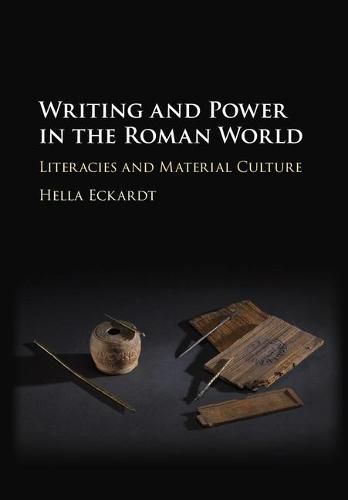Readings Newsletter
Become a Readings Member to make your shopping experience even easier.
Sign in or sign up for free!
You’re not far away from qualifying for FREE standard shipping within Australia
You’ve qualified for FREE standard shipping within Australia
The cart is loading…






In this book, Hella Eckardt offers new insights into literacy in the Roman world by examining the tools that enabled writing, such as inkwells, styli and tablets. Literacy was an important skill in the ancient world and power could be and often was, exercised through texts. Eckardt explores how writing equipment shaped practices such as posture and handwriting and her careful analysis of burial data shows considerable numbers of women and children interred with writing equipment, notably inkwells, in an effort to display status as well as age and gender. The volume offers a comprehensive review of recent approaches to literacy during Roman antiquity and adds a distinctive material turn to our understanding of this crucial skill and the embodied practices of its use. At the heart of this study lies the nature of the relationship between the material culture of writing and socio-cultural identities in the Roman period.
$9.00 standard shipping within Australia
FREE standard shipping within Australia for orders over $100.00
Express & International shipping calculated at checkout
In this book, Hella Eckardt offers new insights into literacy in the Roman world by examining the tools that enabled writing, such as inkwells, styli and tablets. Literacy was an important skill in the ancient world and power could be and often was, exercised through texts. Eckardt explores how writing equipment shaped practices such as posture and handwriting and her careful analysis of burial data shows considerable numbers of women and children interred with writing equipment, notably inkwells, in an effort to display status as well as age and gender. The volume offers a comprehensive review of recent approaches to literacy during Roman antiquity and adds a distinctive material turn to our understanding of this crucial skill and the embodied practices of its use. At the heart of this study lies the nature of the relationship between the material culture of writing and socio-cultural identities in the Roman period.